2019 Honda Civic India review, test drive
After skipping a generation and a half, Honda’s striking executive sedan is now back in India to take on the Corolla Altis, Elantra and Octavia. But was it worth the wait?
Published on Feb 15, 2019 06:30:00 PM
1,67,595 Views
Follow us on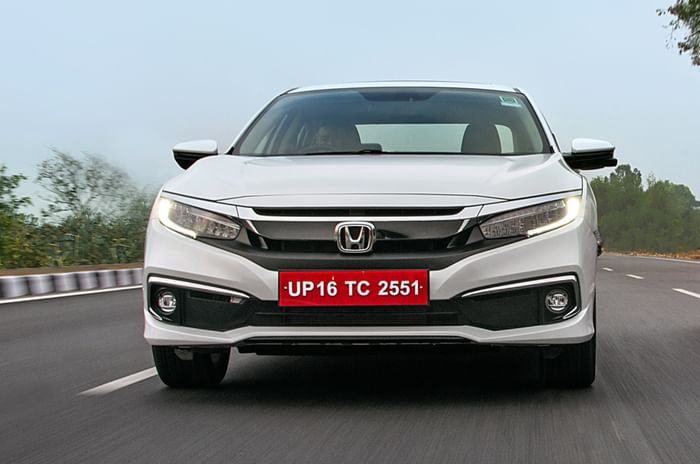
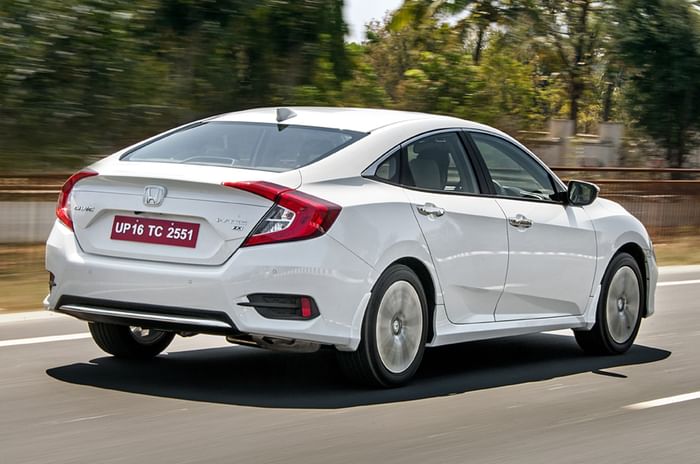
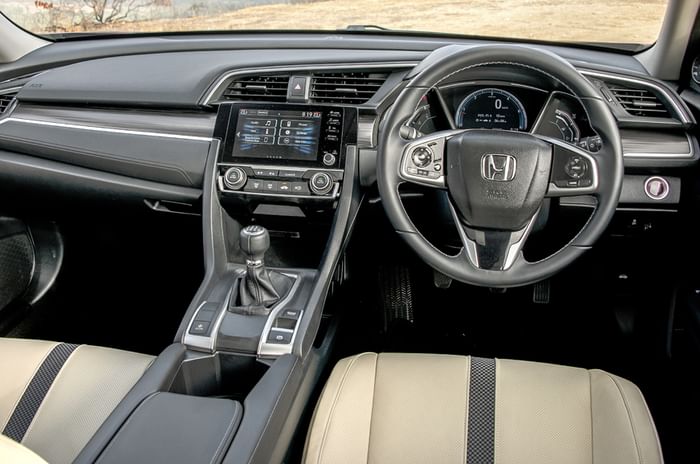
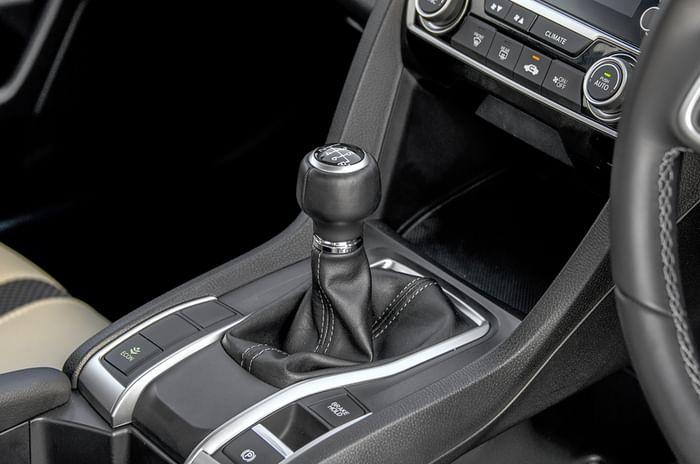
WHAT IS IT?
It is the Honda Civic; and for a car that once had such a strong fan following in India, not much more introduction is necessary. Only one generation of the Civic was sold in India – the eighth-gen model, between 2006 and 2012 – and it was so impressive that we even crowned it our 2007 Autocar India Car of the Year. It wasn’t just its deftly articulated blend of space, comfort, reliability, driving pleasure and premium feel that won us over, but also just how futuristic and ahead of its time it looked and felt.
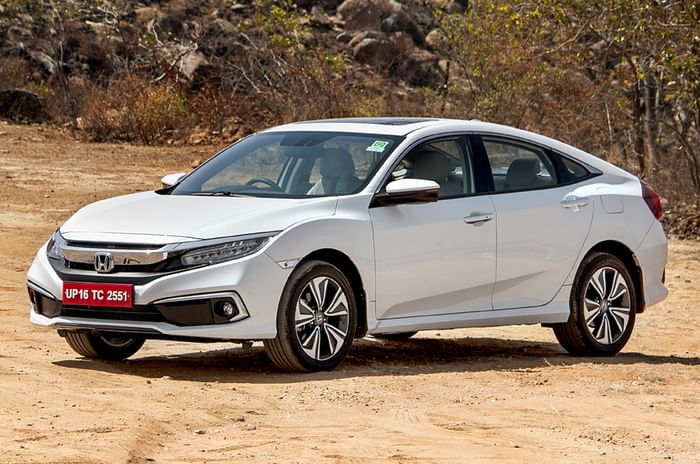
Now, having skipped the ninth-generation car altogether, Honda’s brought in the 10th-generation Civic halfway through its global lifecycle and it has entered a market altogether different from that of its predecessor. For one, the segment below – mid-sized sedans, including Honda’s own City – has moved far ahead, and at the other end are SUVs like the Creta, Harrier and Compass, which make for compelling alternatives. So, can the new model make as strong an impression as the original once did?
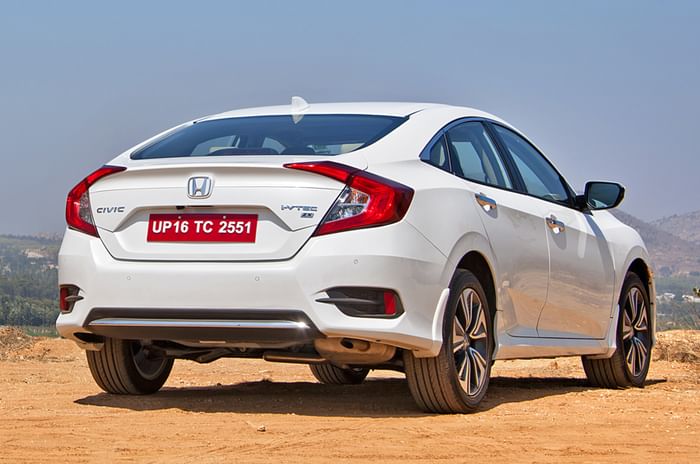
On paper, the Honda Civic ticks some crucial boxes – a diesel engine option, for a start; the lack of which was a key reason for the original’s demise. It’s also grown in dimensions, to meet the segment’s demands on space and distance itself from the City, while the interior has been reworked to be more upmarket; and that includes the equipment list. But has it all worked?
WHAT’S IT LIKE ON THE OUTSIDE?
Though it follows Honda’s contemporary design language, which feels quite subdued and straight-laced on an Amaze or the City, things looks particularly radical and sporty on the Civic. Exaggerated lines and curves abound – from the tipped-forward chrome grille that flows into upswept LED headlamps, to the bulging wheel arches front and rear and the rising beltline that meets up with the curved, coupé-like roof at the back. I applaud Honda’s decision to use 17-inch alloys (one inch up on the rest of the segment) as they really help the stance. Plus, with their two-tone, diamond-cut look, they look very sporty.
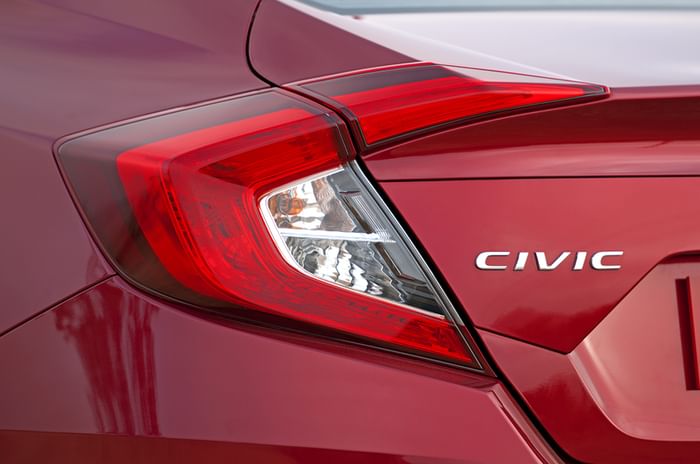
But my favourite detail is the new Honda Civic’s tail section. The roof flows down almost like a fastback, almost all the way to the tip of the boot lid, which allows it to be curved with slightly less impact on rear headroom, while looking oh-so gorgeous in the process. The angular, C-shaped tail-lamps are particularly aggressive, disguising the rear bulk a bit, and although it looks like it has a lift-back boot (like the Octavia), it is a conventional sedan boot opening. Still, the opening is wide enough, making loading the wide, 430-litre boot pretty easy.

WHAT’S IT LIKE ON THE INSIDE?
The 2006 Civic’s interior was radical, even compared to sportscars of the time, let alone sedans; but since then, interiors everywhere have moved forward in a big way. So, while the new Civic’s interior is certainly sporty, it isn’t quite as revolutionary as the last one. It’s still easily the sportiest in its segment in India, though, and it’s also been given a good dose of luxury. Build quality is really tight just about everywhere, and there are soft-touch materials on most of the dashboard. You might find a few scratchy bits lower down and some switchgear borrowed from lesser Hondas; but it’s all to an acceptable level.
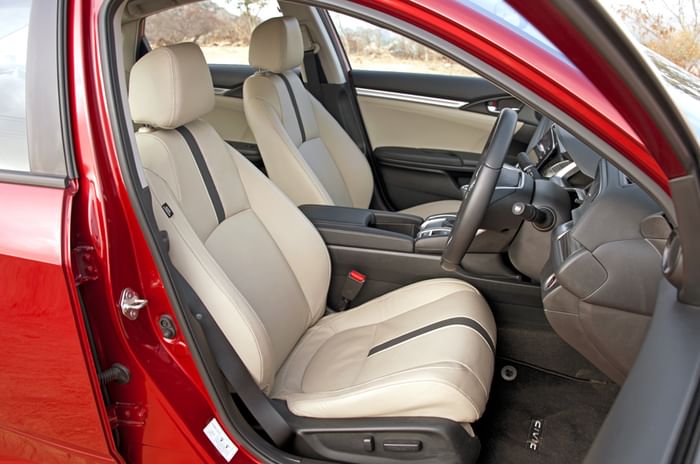
What impresses more is the design. The dash has a great visual width and flows gently out from the centre console. It has a nice texture beneath the leather dash top and all the controls fall neatly to hand. Storage spaces abound, with a big glove box, huge door bins and – since the handbrake is electronic and not a lever – a huge storage bay between the front seats. Though the temperature and fuel gauges are still analogue, the rest of the instrumentation is taken care of via a crisp and colourful high-resolution screen in the centre that looks really attractive; a worthy upgrade to the old car’s digital speedometer.
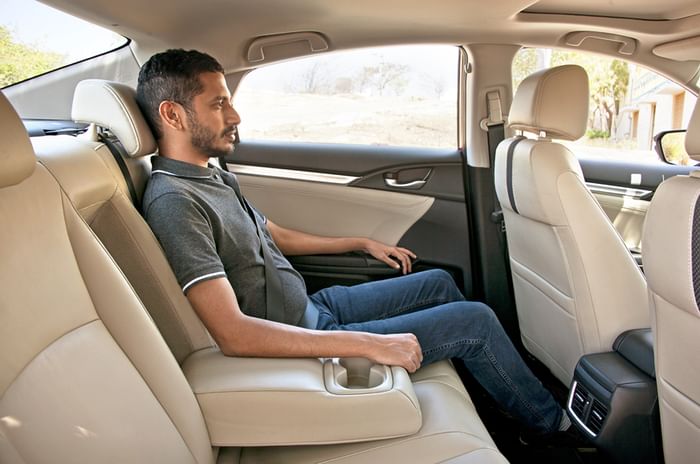
They’ve done a tremendous job of the seats, with cushioning that’s softer in the centre and firmer on the sides, providing just the right blend of comfort and support where you need it. I also like the soft, perforated leather, and the stripe down the centre that adds well to the sporty design ethos. The driver’s seat is powered, too, which is par for the course in this class and makes finding your ideal driving position very easy; but a memory function would’ve added a bit of convenience. The rear seat is incredibly comfortable and similarly cushioned as well. As with the old car, it’s set low, so you have to lower yourself in – and you’ll soon realise the Civic isn’t going to be the best choice for the chauffeur-driven. Yes, legroom is ample (Honda says class-leading, in fact) and the seat offers great thigh support, but headroom is far from ideal and the windows are quite small. Also, forget USB chargers, there isn’t even a 12V socket in the back; and I miss the audio controls you used to get in the rear armrest of the previous car.

The Civic is pretty well-equipped by segment standards, with the likes of LED headlamps, dual-zone climate control, a powered driver’s seat, the part-digital instrument cluster, a sunroof and six airbags. It also features some segment firsts, like remote engine start, an electronic parking brake, the auto-locking on walking away with the key, and Honda’s innovative Lane Watch camera feature (a rear-facing camera in the left wing mirror shows you if it’s clear to move once you turn on the left indicator). However, there are some features the Civic misses, which you will find in rivals – like cooled seats, driver seat memory, front parking sensors, and proximity-based boot opening.
WHAT’S IT LIKE TO DRIVE?
The Civic now comes with a diesel engine, which is the same 1.6-litre ‘Earth Dreams’ unit that debuted in the CR-V in 2018. While 120hp and 300Nm of torque sounded a bit inadequate for a seven-seat SUV, for this executive sedan, it’s about being at par with the segment. However, a crucial difference is that while the CR-V diesel is only available as an automatic, the Civic diesel is only available with a 6-speed manual. Honda’s expensive 9-speed automatic gearbox would have simply driven the price too high. On the other hand, the petrol engine – a revised version of the venerable 1.8-litre i-VTEC motor, now with 141hp – is only available as an automatic, since Honda simply doesn’t offer a manual gearbox with this engine anymore, worldwide.
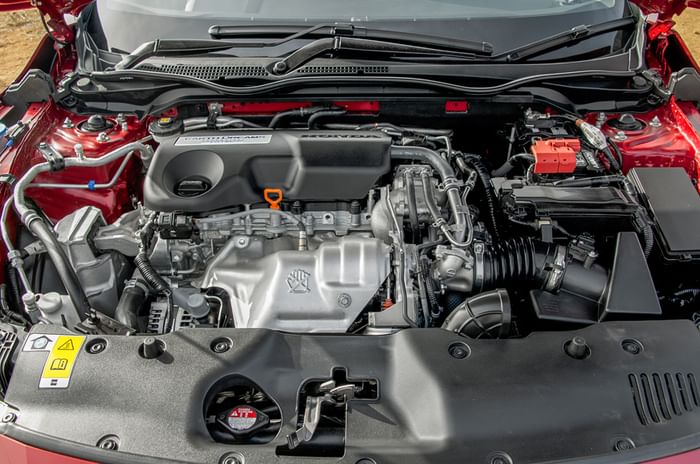
Let’s start with the petrol engine which, of course, feels very familiar. Honda has re-tuned it to be more responsive and you can feel it the moment you tap on the accelerator, where it leaps eagerly off the line. It also has to be said that as CVT gearboxes go, this is one of the best out there. In relaxed, part-throttle driving, it feels as smooth as you’d expect an auto gearbox to be in a car like this. It’s only when you flatten the throttle pedal that some straining or ‘rubberband’ effect comes into play. This is a bit of a shame, because as with all VTEC engines, this one loves to be revved and gets a second wind at the top of its powerband. The downside is that the mid-range is really flat and if you find yourself in this zone between around 3,000-5,000rpm you’ll want to either downshift or rev on. Luckily, the seven ‘steps’ in the CVT work well via the paddles; but still, on a nice road, you can’t help but wish they’d offered a manual. And while we’re being wishful, the Civic is offered overseas with a 173hp/220Nm, 1.5-litre turbo-petrol engine that sounds just about perfect; maybe further down the line?
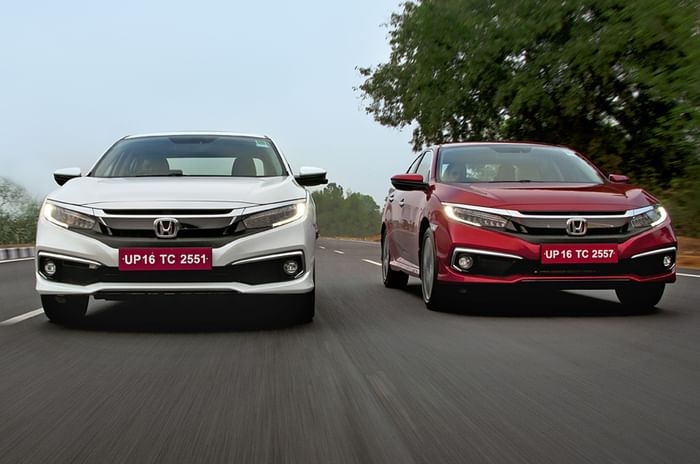
Now, for the all-important diesel engine. While this motor felt a little overwhelmed in the CR-V, it feels much better suited to the Civic; at 1,353kg, the sedan weighs over 300kg less than the SUV! It’s not as punchy as, say, Skoda’s 2.0-litre diesel engine, and is far more linear in its power delivery, instead – much like its 1.5-litre counterpart in the City and Amaze. Also contributing to the more relaxed performance is very tall gearing on the six-speed manual, likely done in the interests of fuel economy. Still, it revs to almost 5,000rpm; and though some of that urgency is missing, it’s not what you’d call slow either. What does help is the short-throw gear lever, which makes skipping between ratios an absolute joy; and refinement which, overall, is pretty good too. Both engines are claimed to deliver class-leading ARAI-certified fuel economy – with the petrol rated at 16.5kpl and the diesel at an astonishing 26.8kpl. In summation, neither of these powertrains is as exciting as we’d have liked, but they get the job done.
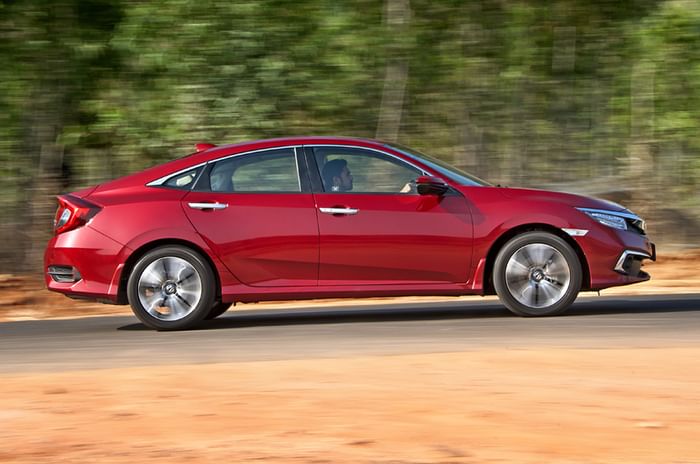
The reason we long for a bit more enthusiasm from under the hood is because the chassis really begs for it. They’ve absolutely nailed the ride and handling balance on this car. Where the old car felt sharp but a little too stiff-kneed, this one feels far more mature and well-balanced. Using MacPherson struts at the front and an independent multi-link set-up at the rear, the Civic stays impressively pliant, even over broken roads, despite its large wheels and 215/50 R17 tyres. Honda has also addressed what most people were afraid of – the ground clearance – by raising it 20mm (compared to the overseas model) for a total of 171mm. It feels a lot less likely to bottom-out on speed bumps. It still handles really well though, with a sharp steering and really good body control. So yes, like its predecessor, the chassis lives up to the Civic’s sporty looks, and it despite its increased dimensions, the car really encourages you to push it around corners.
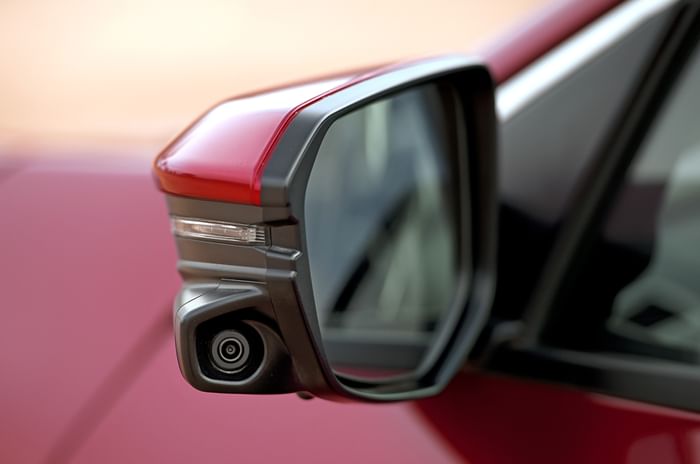
SHOULD I BUY ONE?
The game has changed, and so has the Civic. It’s evolved into a far more mature and premium executive sedan; but hasn’t lost its fun and sporty character in the process. The evolution includes the price as well, and at Rs 17.70-21.00 lakh for the petrol-automatic and Rs 20.50-22.30 lakh for the diesel-manual, the Civic is on the pricey side of the segment. We wish there was a greater choice of powertrains – namely a diesel-automatic and a petrol-manual – and sure, a ‘hot’ variant with that 1.5-litre turbo. And if you plan to be chauffeured, you must be prepared for a bit of stretching every time you get in and out. In all, the 10th-gen Civic feels like the ideal successor to the beloved eighth-gen car, having improved in all the crucial areas without losing the traits that loyalists loved. Not only will it keep fans of the original happy, it’s also good enough to draw new buyers to its fold. We only wish it was priced more competitively.
Also see:
2019 Honda Civic launched in India; priced at Rs 17.70 lakh
2019 Honda Civic price, variants explained
Tech Specs 
Copyright (c) Autocar India. All rights reserved.




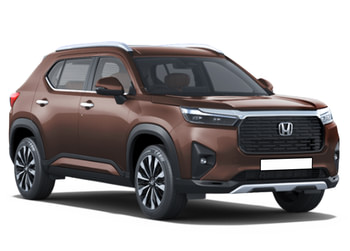




 Engine
Engine Transmission
Transmission Efficiency
Efficiency Body
Body Suspension
Suspension Steering
Steering Brakes
Brakes Dimensions
Dimensions
Comments
Member Login
Personal Details
No comments yet. Be the first to comment.